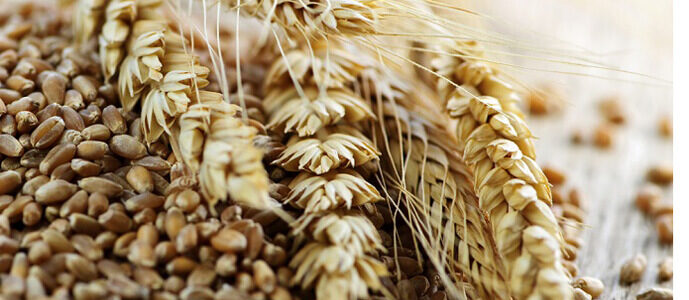
On the European market, prices for wheat and corn fell on Monday and Tuesday, while prices for rapeseed and soybeans may remain lower due to the escalation of hostilities in Ukraine last week, German publication Agrarheute.com reported.
Analysts say that the wheat market, which was supported by the escalation of the situation in Ukraine for most of last week, is under pressure due to the lack of new elements, the publication writes.
German experts attribute the decline in wheat and corn prices to the fall of the euro against the dollar: last Friday, its rate was recorded at $1.0333, a two-year low.
“The fall in the euro actually supports European wheat exports (and wheat prices) and slows down high imports of corn and rapeseed,” the resource noted.
Meanwhile, according to most analysts, the dominance of Black Sea wheat remains a factor that puts pressure on the European market, especially given the recent drop in Russian wheat prices. At the same time, wheat from the southern hemisphere is becoming increasingly important on the market.
Agrarheute referred to the data of the European Commission, according to which the European Union has already imported 3.5 mln tonnes of soft wheat since the beginning of 2024-2025 marketing year as of November 17, of which 2.5 mln tonnes, or approximately 70%, came from Ukraine, and the rest – from Canada, Moldova, the USA and Serbia. The main recipients were Spain (almost 2 million tons) and Italy (530 thousand tons).
“Starting December 1, Ukraine will introduce a system of minimum export prices for agricultural products, including wheat, corn and barley. Minimum prices will be calculated by the Ministry of Agrarian Policy on a monthly basis, and exports below these prices will be prohibited,” the publication noted.
Experts emphasized the difficulty of forecasting the situation on the global agricultural market due to the introduction of the mechanism of setting minimum export prices for agricultural products by Ukraine and its impact on the structure of the harvest and Ukrainian exports.
“We are quickly approaching the holiday season, which means there is less fundamental data to trade on the grain markets than we usually get in the rest of the year,” the publication quoted Kaden Sweeney, hedge strategist and market analyst at AgMarket.net, as saying.
Since the December USDA report is always similar to the November report, we probably won’t have any new supply and demand data until January 10, Agrarheute concluded.